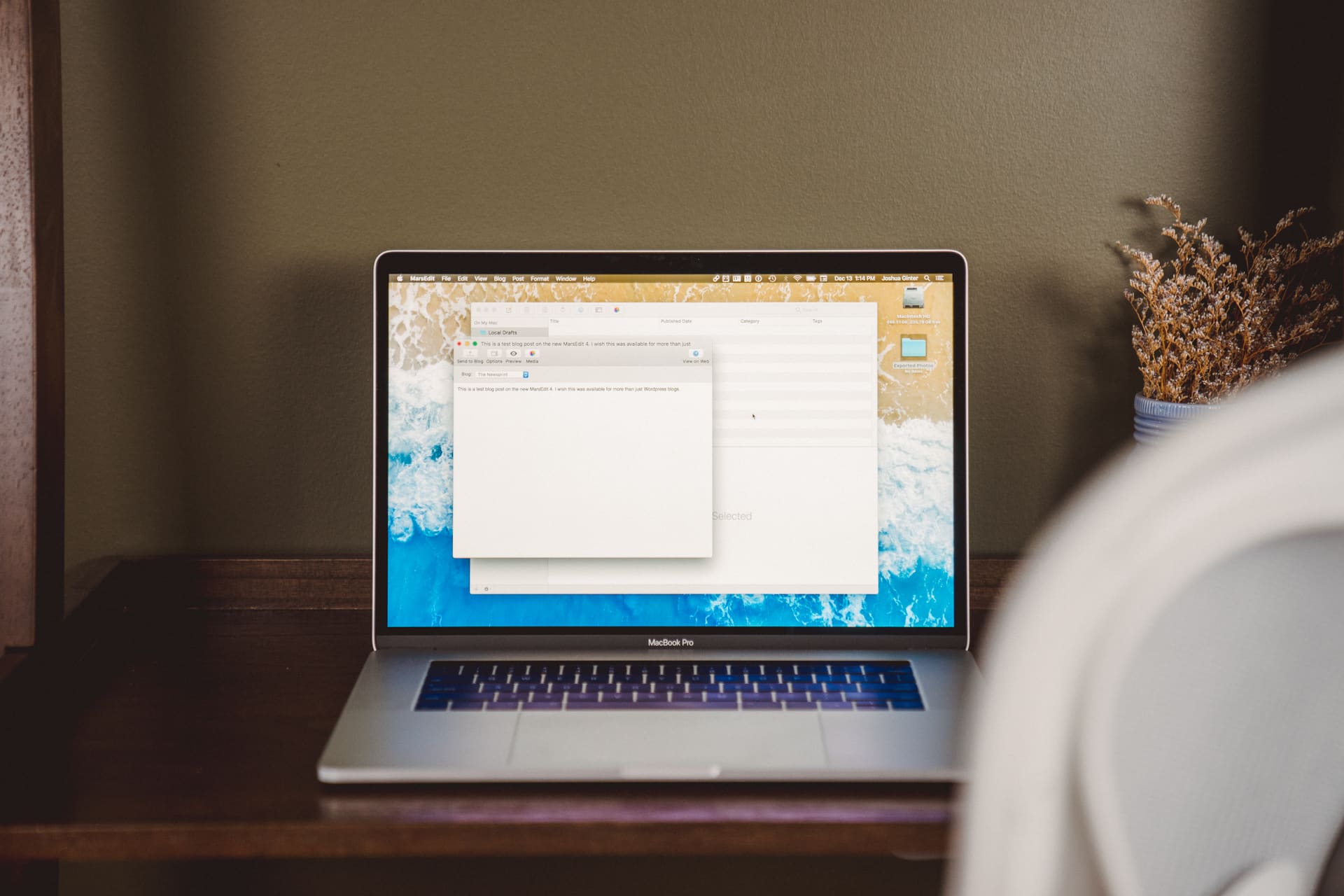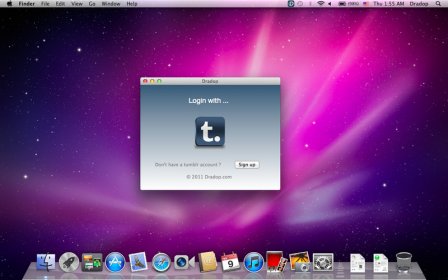Unique puzzle game with familiar rules - New rules/mechanics added as game progress - 64 handcrafted puzzles - Notation on free spaces - Simple drag and drop gameplay - Ambient sounds and background effects - Peaceful music - Achievements. The mobile version will be released on February 12th, on the following digital stores.
In computergraphical user interfaces, drag and drop is a pointing device gesture in which the user selects a virtual object by 'grabbing' it and dragging it to a different location or onto another virtual object. In general, it can be used to invoke many kinds of actions, or create various types of associations between two abstract objects.
As a feature, drag-and-drop support is not found in all software, though it is sometimes a fast and easy-to-learn technique. However, it is not always clear to users that an item can be dragged and dropped, or what is the command performed by the drag and drop, which can decrease usability.[1]
Actions[edit]
The basic sequence involved in drag and drop is:
- Move the pointer to the object
- Press, and hold down, the button on the mouse or other pointing device, to 'grab' the object
- 'Drag' the object to the desired location by moving the pointer to this one
- 'Drop' the object by releasing the button
Dragging requires more physical effort than moving the same pointing device without holding down any buttons. Because of this, a user cannot move as quickly and precisely while dragging (see Fitts' law). However, drag-and-drop operations have the advantage of thoughtfully chunking together two operands (the object to drag, and the drop location) into a single action.[2]Extended dragging and dropping (as in graphic design) can stress the mousing hand.

A design problem appears when the same button selects and drags items. Imprecise movement can cause an attempt to select an object to register as a dragging motion.
Another problem is that the target of the dropping can be hidden under other objects. The user would have to stop the dragging, make both the source and the target visible and start again. In classic Mac OS the top-of-screen menu bar served as a universal 'drag cancel' target. This issue has been dealt with in Mac OS X with the introduction of Exposé.
In Mac OS[edit]
Drag and drop, called click and drag at the time, was used in the original Macintosh to manipulate files (for example, copying them between disks[3] or folders.[4]). System 7 added the ability to open a document in an application by dropping the document icon onto the application's icon.
In System 7.5, drag and drop was extended to common clipboard operations like copying or moving textual content within a document. Content could also be dragged into the filesystem to create a 'clipping file' which could then be stored and reused.
For most of its history Mac OS has used a single button mouse with the button covering a large portion of the top surface of the mouse. This may mitigate the ergonomic concerns of keeping the button pressed while dragging.
In OS/2[edit]
The Workplace Shell of OS/2 uses dragging and dropping extensively with the secondary mouse button, leaving the primary one for selection and clicking.Its use like that of other advanced Common User Access features distinguished native OS/2 applications from platform-independent ports.
In HTML[edit]
The HTML5 working draft specification includes support for drag and drop.[5] HTML5 supports different kinds of dragging and dropping features including:
- Drag and Drop texts and HTML codes
- Drag and Drop HTML elements
- Drag and Drop files
Based on needed action, one of the above types can be used. Note that when an HTML element is dragged for moving its current position, its ID is sent to the destination parent element; so it sends a text and can be considered as the first group.
Google's web-based e-mail application Gmail supports drag-and-drop of images and attachments in the latest Google Chrome browser and Apple's Safari (5.x). And Google Image search supports drag & drop.
On a touch screen[edit]
Touch screen interfaces also include drag and drop, or more precisely, long press, and then drag, e.g. on the iPhone or Android home screens.
iOS 11 implements a drag-and-drop feature which allows the user to touch items (and tap with other fingers to drag more) within an app or between apps on iPads.[6] On iPhones, the functionality is only available within the same app that the user started the drag.[7]
In end-user programming[edit]
Drag and drop is considered an important program construction approach in many end-user development systems. In contrast to more traditional, text-based programming languages, many end-user programming languages are based on visual components such as tiles or icons that are manipulated by end users through drag-and-drop interfaces. AgentSheets,[8] a programming environment for kids, introduced the modern notion of drag and drop blocks programming providing 4 core affordances: 1) Blocks that are end-user composable, 2) blocks are end-user editable, 3) blocks can be nested to represent tree structures, 4) blocks are arranged geometrically to define syntax. Drag and drop is also featured in many shader editing programs for graphics tools, such as Blender.[9] Drag and drop also features in some video game engines, including Unreal Engine, GameMaker Studio, Construct 2 and, with expansion, Unity (game engine).
Examples[edit]
A common example is dragging an icon on a virtual desktop to a special trashcanicon to delete a file.
Further examples include:
- Dragging a data file onto a programicon or window for viewing or processing. For instance, dropping an icon that represents a text file into a Microsoft Word window signifies 'Open this document as a new document in Word'
- Moving or copying files to a new location/directory/folder,
- Adding objects to a list of objects to be processed,
- Rearranging widgets in a graphical user interface to customize their layout,
- Dragging an attribute onto an object to which the command is to be applied,
- e.g. dragging a color onto a graphical object to change its color,
- Dragging a tool to a canvas location to apply the tool at that location,
- Creating a hyperlink from one location or word to another location or document.
- Most word processors allow dragging selected text from one point to another.
- Dragging a series of code blocks such as in Blender for designing shaders and materials.
See also[edit]
References[edit]
- ^Jakob Nielsen, 'Top-10 Application-Design Mistakes,' http://www.useit.com/alertbox/application-mistakes.html (19 February 2008).
- ^Buxton, W. (1986). 'Chunking and Phrasing and the Design of Human-Computer Dialogues'. Proceedings of the IFIP World Computer Congress. pp. 475–480. Archived from the original on 7 June 2004.
- ^'Disk Swapper's Elbow'. folklore.org.
- ^'The Grand Unified Model (2): The Finder'. folklore.org.
- ^'HTML5 W3C Working Draft'. w3.org.
- ^'iPad Drag and Drop, Multitasking, and Split View in iOS 11: Everything you need to know!'. iMore. Retrieved 10 October 2017.
- ^Vincent, James (7 June 2017). 'The iPhone is also getting drag and drop with iOS 11'. The Verge. Retrieved 23 June 2017.
- ^'Moving Beyond Syntax: Lessons from 20 Years of Blocks Programing in AgentSheets'(PDF). Journal of Visual Languages and Sentient Systems. Archived from the original(PDF) on 28 April 2019. Retrieved 29 November 2018.
- ^'Render – Blender Reference Manual'. blender.org. Archived from the original on 23 March 2015. Retrieved 24 January 2014.
Before you begin

If you're using macOS Catalina, use the Finder to share files between your computer and your iOS or iPadOS device.
Instead of File Sharing, consider using iCloud Drive, Handoff or AirDrop to keep your documents up to date across all of your devices.
iCloud Drive lets you securely access all of your documents from your iPhone, iPad, iPod touch, Mac or PC. No matter which device you're using, you'll always have the most up-to-date documents when and where you need them.
With Handoff, you can start a document, email or message on one device and pick up where you left off from another device. Handoff works with Apple apps such as Mail, Safari, Maps, Messages, Reminders, Calendar, Contacts, Pages, Numbers and Keynote. Some third-party apps are also compatible.
AirDrop helps you share photos, videos, websites, locations and more with other nearby Apple devices.
What you need for File Sharing
- The latest version of iTunes.
- The latest version of macOS or an up-to-date version of Windows 7 or later.
- An iPhone, iPad or iPod touch with the latest version of iOS or iPadOS.
- An iOS or iPadOS app that works with File Sharing.
See which of your iOS and iPadOS apps can share files with your computer
- Open iTunes on your Mac or PC.
- Connect your iPhone, iPad or iPod touch to your computer using the USB cable that came with your device.
- Click your device in iTunes. Get help if you can't find it.
- In the left sidebar, click File Sharing.
- Select an app to see which files are available for sharing in that app on your device. If you don't see a File Sharing section, your device has no file-sharing apps.
Copy files from your computer to your iOS or iPadOS app
- In iTunes, select the app from the list in the File Sharing section.
- Drag and drop files from a folder or window onto the Documents list to copy them to your device.
You can also click Add in the Documents list in iTunes, find the file or files you want to copy from your computer, and then click Add. iTunes copies these files to the app on your device. Choose only files that will work with the app. Check the app's user guide to learn which kinds of files will work.
Copy files from an iOS or iPadOS app to your computer
- In iTunes, select the app from the list in the File Sharing section.
- Drag and drop files from the Documents list to a folder or window on your computer to copy them to your computer.
You can also select the file or files that you want to copy to your computer from the Documents list and click 'Save' then find the folder on your computer to which you want to copy the files and click Save.
Open shared files
On your iOS device, you can open the files from your computer with the app that you chose for File Sharing.
Drag And Drop Game Mac Tumblr Wallpaper
You can't access these files from other apps or locations on your device. You can see the list of files in the File Sharing section of iTunes when your device is connected to your computer.
Back up shared files
When iCloud (or iTunes) backs up your device, it backs up your shared files as well.
Drag And Drop Game Mac Tumblr 2017
If you delete an app with shared files from your iOS device, you also delete those shared files from your device and your iCloud or iTunes backup. To avoid losing shared files, copy the files to your computer before deleting the app from your iOS device.
Delete a shared file from your iOS device
To delete a file you copied to an iOS or iPadOS app using File Sharing, follow these steps:
- Open iTunes on your Mac or PC.
- Connect your iPhone, iPad or iPod touch to your computer using the USB cable that came with your device.
- Select your device in iTunes. Get help if you can't find it.
- Select the app from the list in the File Sharing section.
- Select the file that you want to delete in the Documents list, then press the Delete key on your keyboard.
- When iTunes asks you to confirm, click Delete.
Drag And Drop Game Mac Tumblr Pictures
There might be other ways to delete files from an app. Read your app's user guide to find out more.



